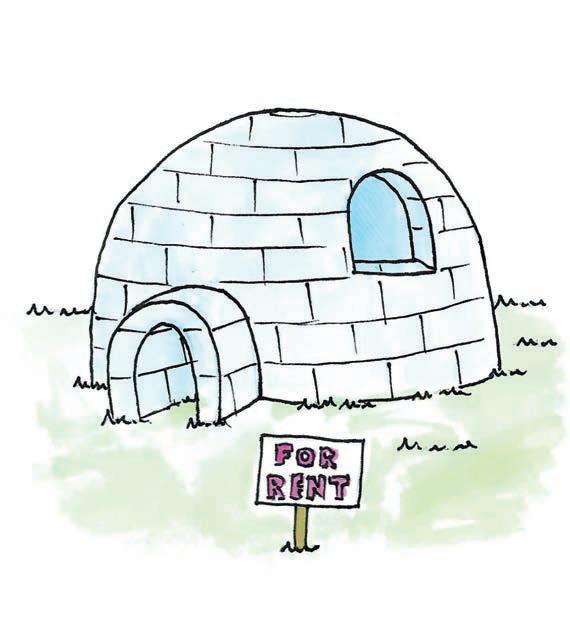A smart sulky for Carisbrook Frequently seen on the streets of the city before the 1920s, this ‘Sydney sulky’ was restored by the Lane Cove Men’s Shed and now sits proudly at the front of Carisbrook House. WORDS: FRANCES CHRISTIE
A
well restored sulky has recently appeared at Carisbrook. Acquired by the Lane Cove Historical Society some time ago, the sulky was beautifully restored by the members of the Lane Cove Men’s Shed in the latter months of 2020. It now stands in all its glory on a porch at the house, where its rather dashing colours of red and green are displayed to advantage against the warm sandstone of the house. This particular sulky is thought to date from about 1920 and while nothing is known of its past, we can reasonably speculate that it has had a long and varied life over the years. In fact, it may be that the original owners of Carisbrook had vehicles that looked little like this one, for it is now known that the first sulkies in Australia probably arrived in the latter part of the 19th century (Cuffley, 1981:30). In fact, despite the commencement of train services in some parts of NSW from the 1850s, horse- or bullock -drawn vehicles remained by far the commonest forms of transport for most of the century. A rather entertaining story is told about the invention of the sulky. It is said that in 19th century England a rural doctor acquired a one-horse four-wheeled single-seat vehicle to drive about the country and visit his patients. It had a seat only for one person because he grew weary of being asked to give people lifts and he was therefore generally thought to be a rather unfriendly, or sulky, person: hence the adoption of the name “sulky” (Encyclopedia Britannica, 2021). The four-wheeled vehicle was in time adapted to two wheels in the United States. It was a light vehicle, used by many people to get about in the 19th century, in a country where 16 TVO
the distances were considerable. In time the two-wheeled variety was introduced to NSW, where the roads were generally in a rather poor condition, and they remained so in in many places well into the 20th century. A sulky needed to be quite a sturdy vehicle to manage what were often rather rough roads. These days the term “sulky” refers to the very light single person vehicles used in harness racing and it bears little relationship to the sulky at Carisbrook. The Carisbrook sulky is an example of a “Sydney sulky”, a type that was introduced into the Australian colonies in the 1890s. It was designed to carry two people as that was considered
“more friendly” than the single seat vehicle. The Carisbrook vehicle has several features characteristic of the Sydney sulky. For example, it has two large wheels made of good quality hardwood. According to Cuffley (1981, 52) the hard wood selected for such a vehicle was always a blackwood, silky oak, hoop pine, blue gum or ironbark. Above the wheels are two “wings” or mud guards and a “dash” sits in front of the seat to protect passengers from mud that might splash on them. The seat has a curved back for comfort, while beneath the seat is a concealed box, no doubt for carrying implements or perhaps items purchased on a trip to the markets.










